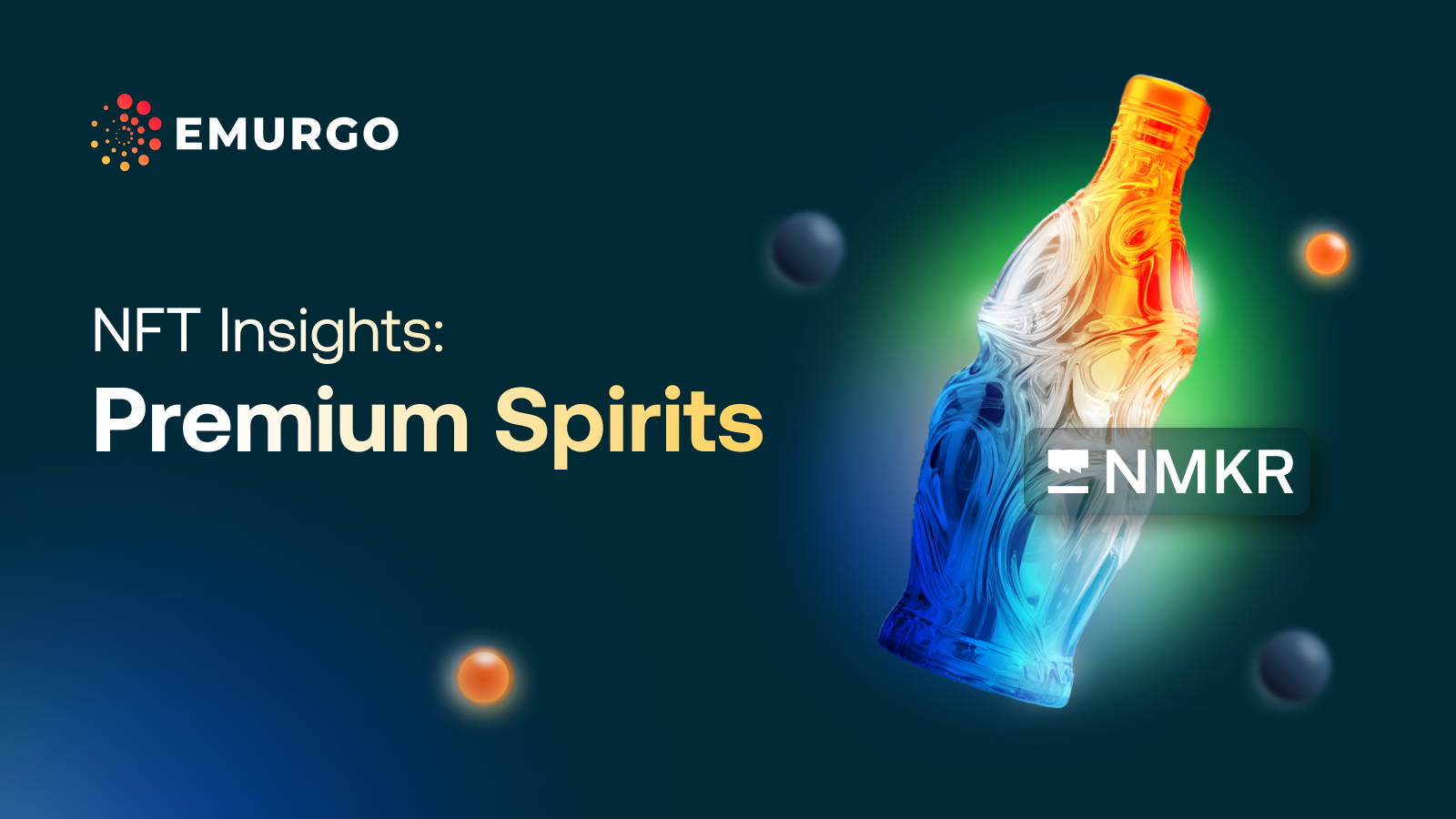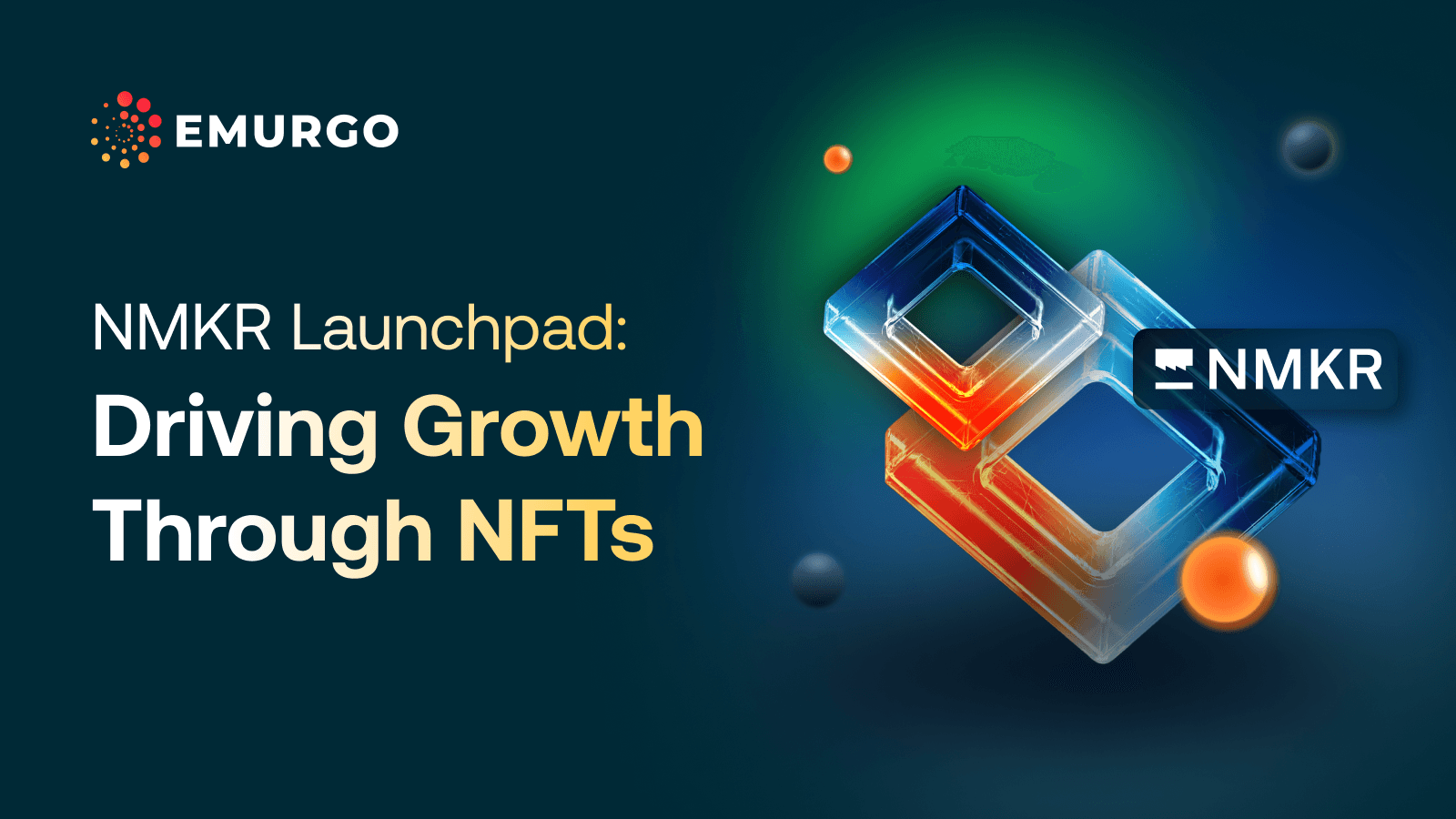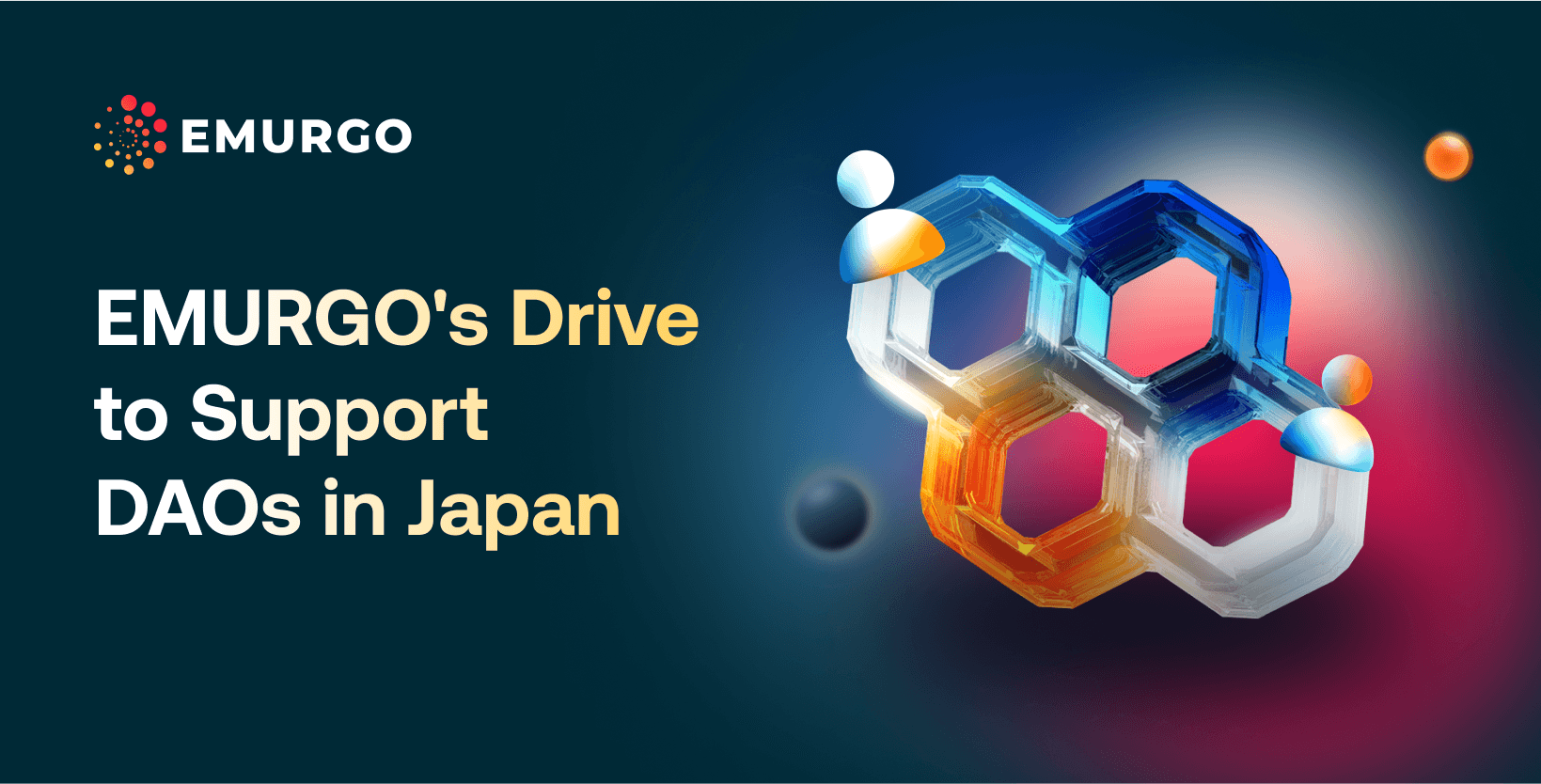Real-world asset tokenization is gaining popularity in the blockchain industry as one of the next major catalysts for blockchain adoption. This is coupled with the fact that more and more industries have already been adopting or experimenting with decentralized blockchain technology to help reduce costs, improve supply chains, attract new clients, and prove the origin of a specific user product.
The heightened interest and awareness of NFTs have laid the foundation for mainstream businesses and creators to start getting involved in asset tokenization in the years to come. More tokenization applications and platforms are now available in the market and more users have come into the blockchain space.
One of the sectors leading the way in this effort is the premium spirits segment within the alcoholic beverage industry. It’s a type of market segment well-suited for NFTs and asset tokenization, as many high-end spirit brands have exclusively sold their products each year that are meant as collectible items for an exclusive consumer sector.
In this blog, we’ll review the current state of NFTs and tokenization in the premium spirits sector, showcase how these are solving unique business challenges, and discuss the future of asset tokenization in the premium spirits and alcoholic beverage industry.
Luxury spirits are a sector of the alcoholic beverages business that aims to create unique, exclusive batches of different spirits. These come in limited numbers per year and are bought by passionate collectors all over the world. Many estimates forecast that this market will reach $123.4 billion by the end of 2027. This makes it one of the fastest-growing sectors in the luxury goods industry.
This incredible growth has also attracted many unscrupulous actors looking to profit off of this surge in consumer interest. Today, nearly 30% of the alcohol produced in the luxury market is considered to be fraudulent. As a common practice, the bottles and containers used by the high-end spirits are collected and refilled with a cheaper alternative and then sold for the same price in the secondary market.
Related reading:
These fake alcohols cost the spirits market and alcoholic beverages industry approximately $3 billion US dollars every year. Not only that, but these fake bottles can be very dangerous with alcohol not suited for human consumption which results in serious potential health problems.
The need for product authenticity via an NFT certification issued by a high-end spirit brand makes this a prime real use case for asset tokenization. Through an NFT or digital token, consumers can instantly verify the authenticity of their purchased high-end spirit, receive its tracking information, and also transact instantly on a global scale with like-minded collectors. As a result, high-end spirit brands also gain from the increased trust in their products, reach a new young consumer base on a global level, and enhance the marketability of their brand.

This mechanism would be a form of real-world asset tokenization using a decentralized blockchain such as Cardano.
Hypothetically, when a user buys an NFT or token representing a bottle of a high-end spirit they are not buying its mere digital image. Rather, they are purchasing the physical bottle itself. However, the new physical possession isn’t directly shipped to the person when the transaction is confirmed. Instead, it’s kept in reserve by the distillery. The NFT or token is then used as a certificate of purchase and it confirms that the said bottle has an owner.
At this stage, the consumer or buyer has some other options.
- One, they can then resell the NFT to another collector of the spirit.
- Two, then can decide to physically receive and open the purchased bottle of spirit which would trigger the “burning” of their NFT. Once the user wants to consume the bottle, the distillery moves the item to the shipping company. At the same time, the NFT is removed from the supply for sale.
The ID of each high-end spirit bottle is contained in the technical NFT metadata. This enables collectors to confirm if the bottle has already been opened or consumed via this registry. If a bottle is found among the NFTs burned, this indicates that it was already consumed by a user at some previous point and that the bottle on sale is most likely fake.
Furthermore, each year of a harvest for a particular alcohol vintage can be represented as a collection of NFTs. As more of these vintages are consumed over time, the rarer the unopened bottles become, and by extension, the NFTs in that collection. The track of inventory automatically updates, increasing the value of the individual tokens in each collection.
Collectors can see in real-time which of the vintages are depleting faster. The owners of these bottles can also plan when it is optimal to sell a particular NFT with the associated bottle. The system services both parties in the market.
The NFT matches the uniqueness of a one-of-a-kind rare spirit with ideally each distillery holding a physical bottle and its NFT representation in a 1-to-1 ratio. This means each bottle is a unique experience that is captured by the token on-chain. Each NFT represents these experiences that won’t repeat once the spirit is consumed.
- Hennessy launched its first major NFT collection with a price per bottle of $226,000.
- The Dalmore, another major premium spirit brand, launched a 33-year-old Scotch whisky. Each bottle would sell for $8,800 and the collection contains 223 unique bottles.
- The Dictador is another high-end spirit brand that launched an NFT collection of 20,000 bottles with an individual price of $25,000.
The above-mentioned NFT collections sold out despite the hefty price tag for each of the bottles. They are all test beds for a new wave of NFT utility that has already proved its commercial viability and also consumer success.
At first, the merging of these two industries might seem far-fledged, but upon closer inspection, they are an ideal match. Both complement each other and can solve problems currently faced by the luxury spirit market. It’s still very early in this new frontier, but the path has already been made for more success.
Are you a fan of NMKR and its Cardano NFT platform?
Want to stay updated on EMURGO’s partnership with NMKR and its drive to raise awareness of asset tokenization on NMKR?
Then, follow EMURGO on X to easily receive updates about the partnership and future initiatives with NMKR to drive Cardano NFT usage for asset tokenization.
About EMURGO
- Official Homepage: emurgo.io
- X (Global): @EMURGO_io
- YouTube: EMURGO channel
- Facebook: @EMURGO.io
- Instagram: @EMURGO_io
- LinkedIn: @EMURGO_io
Disclaimer
You should not construe any such information or other material as legal, tax, investment, financial, or other advice. Nothing contained herein shall constitute a solicitation, recommendation, endorsement, or offer by EMURGO to invest.



